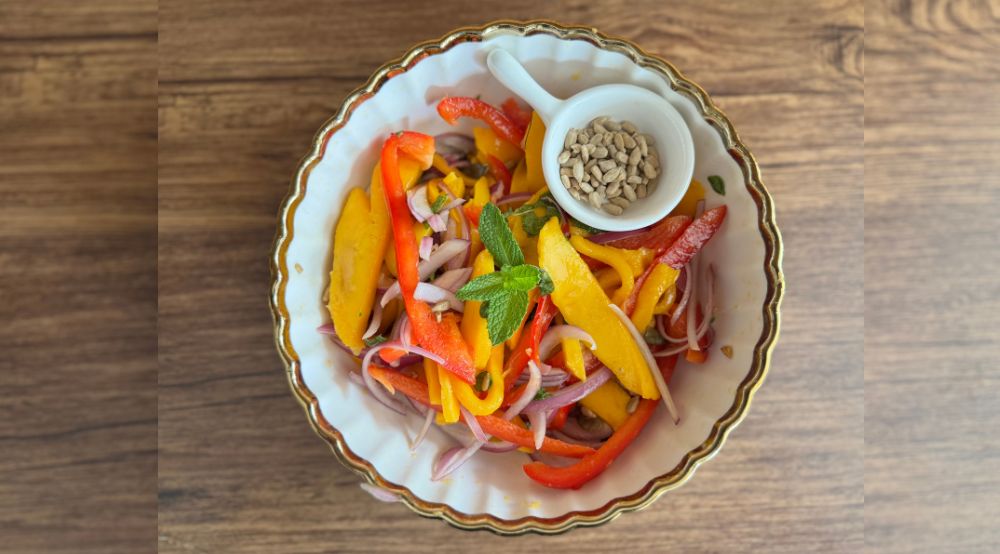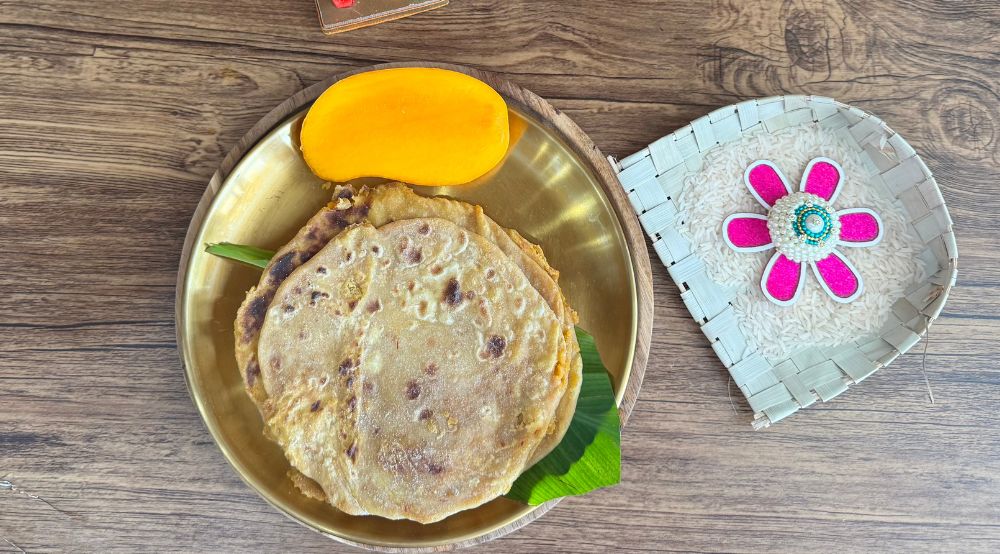
Exploring the Seasonal Spices for Fall: A Culinary Journey
As the crisp autumn air ushers in the change of season, fall invites us to explore a bounty of seasonal spices that warm up our kitchens and nourish our bodies. These spices not only add depth to our meals but also bring with them a host of health benefits. From boosting immunity to aiding digestion, the spices of fall are more than just flavorful; they play a key role in supporting our well-being. Let’s explore the fall spices that enhance both traditional and modern recipes.
1. Cinnamon
Cinnamon is perhaps the quintessential seasonal spice, commonly found in fall desserts like pies and cakes. This spice is also an essential ingredient in many Indian kadha recipes, offering anti-inflammatory benefits, regulating blood sugar, and improving digestion. You can incorporate it into a kadha recipe or enjoy it sprinkled on your favorite fall treats. The warm aroma of cinnamon perfectly complements seasonal dishes like pumpkin bread and apple pie. In addition, it's a key ingredient in the popular cold kadha recipe, often consumed to combat cold symptoms during the fall season.
2. Nutmeg
Nutmeg’s rich, nutty flavor makes it a favorite in both sweet and savory fall dishes. It's often included in pumpkin spice blends and Indian kadha recipes, especially during colder months. This versatile spice adds complexity to desserts, but it can also shine in savory dishes such as soups and curries. Nutmeg is particularly useful when preparing a cough kadha recipe or a homemade kadha for cough, providing a comforting warmth to soothe your respiratory system.
3. Cloves
Cloves are a potent spice with a rich, aromatic flavor. Their use extends beyond flavoring Indian appetizers; they are also integral to health-boosting drinks like kadha, a traditional remedy for colds and flu. As you prepare your cough kadha at home, cloves help alleviate congestion and ease discomfort. They have antiseptic properties, making them a go-to choice when preparing a kadha recipe to boost immunity.
4. Ginger
The spicy warmth of ginger is perfect for the cooler months. It’s widely used in both sweet and savory recipes and is a key ingredient in kadha recipes designed to fight cold and flu. Fresh ginger can be added to a homemade kadha for cough or blended into a warm cup of chai to relieve congestion. In addition, ginger is essential for making immunity kadha powder recipes, often taken as a preventive drink during flu season.
5. Turmeric (Haldi)
Often referred to as the golden spice, turmeric is renowned for its anti-inflammatory and antioxidant properties. It is frequently used in traditional Indian kadha recipes. During the cooler months, a warm glass of turmeric milk, also known as "golden milk," is a comforting beverage that many people consume to support their immune system. The use of turmeric in kadha for cold has been passed down through generations as a natural remedy for cold and flu.
6. Black Pepper
As temperatures drop, black pepper is commonly added to soups, stews, and Indian starter recipes. Its sharp, pungent flavor pairs well with warming spices like cinnamon and turmeric. Black pepper is often included in Indian kadha recipes for its digestion-boosting and immune-strengthening benefits. When preparing a cold kadha recipe, it’s the perfect addition to help open up the sinuses and soothe a sore throat.
Cultural Significance of Fall Spices
In India, seasonal spices are intertwined with cultural rituals and health practices. During festivals like Diwali, spices symbolize prosperity, joy, and the warmth of home-cooked meals. Many seasonal recipes during these times incorporate spices known for their health benefits, such as turmeric, cinnamon, and ginger.
How to Make a Traditional Kadha
A kadha, an herbal concoction, is often used during fall to boost immunity and treat cold and cough. Here's a simple recipe for making a soothing Indian kadha recipe that you can easily prepare at home.
Ingredients:
-
Water: 2 cups
-
Ginger: 1-inch piece (crushed)
-
Tulsi leaves: 10-12 (holy basil)
-
Black pepper: 5-6 (whole)
-
Cinnamon: 1 stick (or ½ teaspoon powdered)
-
Cloves: 3-4
-
Turmeric powder: ½ teaspoon
-
Honey: 1-2 teaspoons (optional)
-
Lemon juice: 1 tablespoon (optional)
Instructions:
-
Prepare the Ingredients: Wash the tulsi leaves and crush the ginger to release its oils.
-
Boil Water: Bring 2 cups of water to a boil.
-
Add Spices: Add the crushed ginger, tulsi leaves, black pepper, cinnamon, cloves, and turmeric powder to the boiling water.
-
Simmer: Reduce the heat and let the mixture simmer for 10-15 minutes.
-
Strain and Serve: Strain the mixture into a cup. Add honey and lemon juice for sweetness and flavor if desired. Drink it while it’s warm for maximum benefits.
Health Benefits of Kadha:
-
Boosts Immunity: Ingredients like tulsi and ginger are known to strengthen the immune system.
-
Relieves Cough and Cold: The combination of spices in kadha helps alleviate cold symptoms.
-
Anti-inflammatory: Turmeric reduces swelling and pain.
-
Digestive Aid: The spices in kadha for cold promote digestion and soothe the stomach.
Conclusion:
Fall is a season that invites us to indulge in the warmth and comfort of seasonal spices. From cinnamon and nutmeg to turmeric and black pepper, these spices add both flavor and health benefits to our meals. Whether you are creating a classic dessert or brewing a cold kadha recipe to soothe your throat, seasonal spices help elevate your cooking while keeping you healthy. By embracing the bounty of fall spices, we can celebrate the season’s flavors while also benefiting from their healing properties.
Warm up this season with our delicious collection of winter soup recipes – explore flavorful, healthy options today!
FAQ
-
Seasonal spices like cinnamon, nutmeg, cloves, and ginger are commonly used during fall and winter for their warming flavors. They’re perfect for adding depth to both sweet and savory dishes in colder months.

-
Seasonal spices can be added to soups, stews, roasted vegetables, and even drinks like tea and hot chocolate. They add warmth and flavor while often offering health benefits such as anti-inflammatory and immune-boosting properties.

-
Vegan recipes that use winter vegetables like sweet potatoes, squash, and carrots are great options. Try dishes like spiced roasted vegetables, hearty soups, and grain bowls that feature seasonal spices and nutrient-rich veggies.

-
Many seasonal spices are rich in antioxidants and can support immune health. For example, ginger aids digestion, cinnamon helps balance blood sugar, and turmeric offers anti-inflammatory properties, making them ideal additions to a winter diet.

-
Yes, many cookbooks emphasize seasonal, plant-based, and healthy recipes. Look for cookbooks that focus on winter vegetables and spices for inspiration on nutritious and flavorful meals.













